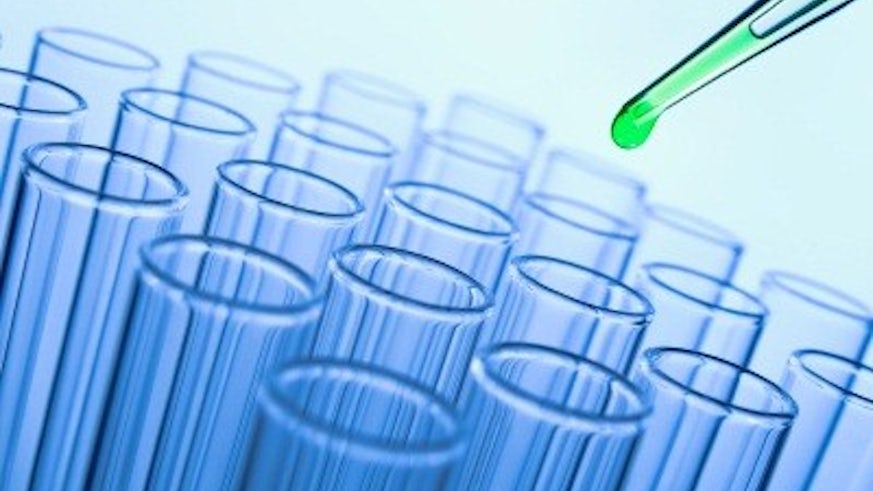Enzyme catalysis unravelled in new research
4 Hydref 2013

New research by the School of Chemistry has significantly advanced our understanding of how enzymes (proteins) increase the rate of chemical reaction. Now potentially able to achieve greater control of enzyme action, this will clear the way for scientists to design new enzymes with important implications in a range of industries, and to develop new anti-infective and anti-cancer drugs.
Enzymes are fundamental to life. They are proteins that catalyse chemical reactions, for example in metabolic processes such as the release of energy from foods, and in cell growth and repair. Often, they increase reaction rates by several trillion times. In addition to their presence in nature, they find uses in industries such as food, cosmetics, detergents, pharmaceuticals and chemical manufacturing.
Understanding exactly how enzymes increase reaction rates – typically much more effectively and under more environmentally friendly conditions than artificial catalysts – is an important goal in biotechnology. Therefore, a thorough understanding of how enzymes achieve their phenomenal rate enhancements is of great importance to fields like biocatalysis, bioenergy, drug design and the emerging field of synthetic biology.
Despite the development of several theories to explain the enormous catalytic power of enzymes, even after a century of study it is not fully understood. Some recent theories have proposed that internal 'promoting motions' of the enzyme - specific motions that act to reduce the height or width of the energy barrier to the reaction - are used to drive the chemistry. This remains a topic of considerable debate, particularly since the identification and analysis of dynamical effects in enzyme-catalysed reactions has proven very challenging.
Led by Cardiff University's Professor Rudolf Allemann, the team consists of researchers from Cardiff University's School of Chemistry, the University of Bristol, the University of València and Jaume I University in Castelló. They used a combination of experimental and computational approaches to study the enzyme dihydrofolate reductase - an important target for anti-infective and anti-cancer drugs.
The scientists were able to alter the enzyme's motions on a wide range of timescales whilst leaving its chemical properties unchanged. They found no significant role for 'promoting motions' in the reaction, but did demonstrate a general coupling of enzyme motions to the catalysed reaction.
Professor Allemann, Distinguished Research Professor and Head of Cardiff's School of Chemistry said: "This is a leap forward in our understanding of enzyme catalysis. It shows that 'promoting motions' are not, after all, required to explain rate enhancements, but shows that enzyme motions are involved in the reaction through a passive rather than an active mechanism. Ultimately, it reveals that enzymes are not fundamentally different from man-made catalysts, they are just much better."
Professor Jim Murray, Head of the Molecular Biosciences division of the School of Biosciences at Cardiff, said: "This is an important advance that has far-reaching implications beyond its immediate field, for example in biotechnology and synthetic biology. It challenges current thinking in the field of enzyme catalysis, but it also provides new opportunities to use our knowledge to create societal impact."
The work is published in the prestigious journal Proceedings of the National Academy of Sciences of the U.S.A. The full paper can be accessed online here.